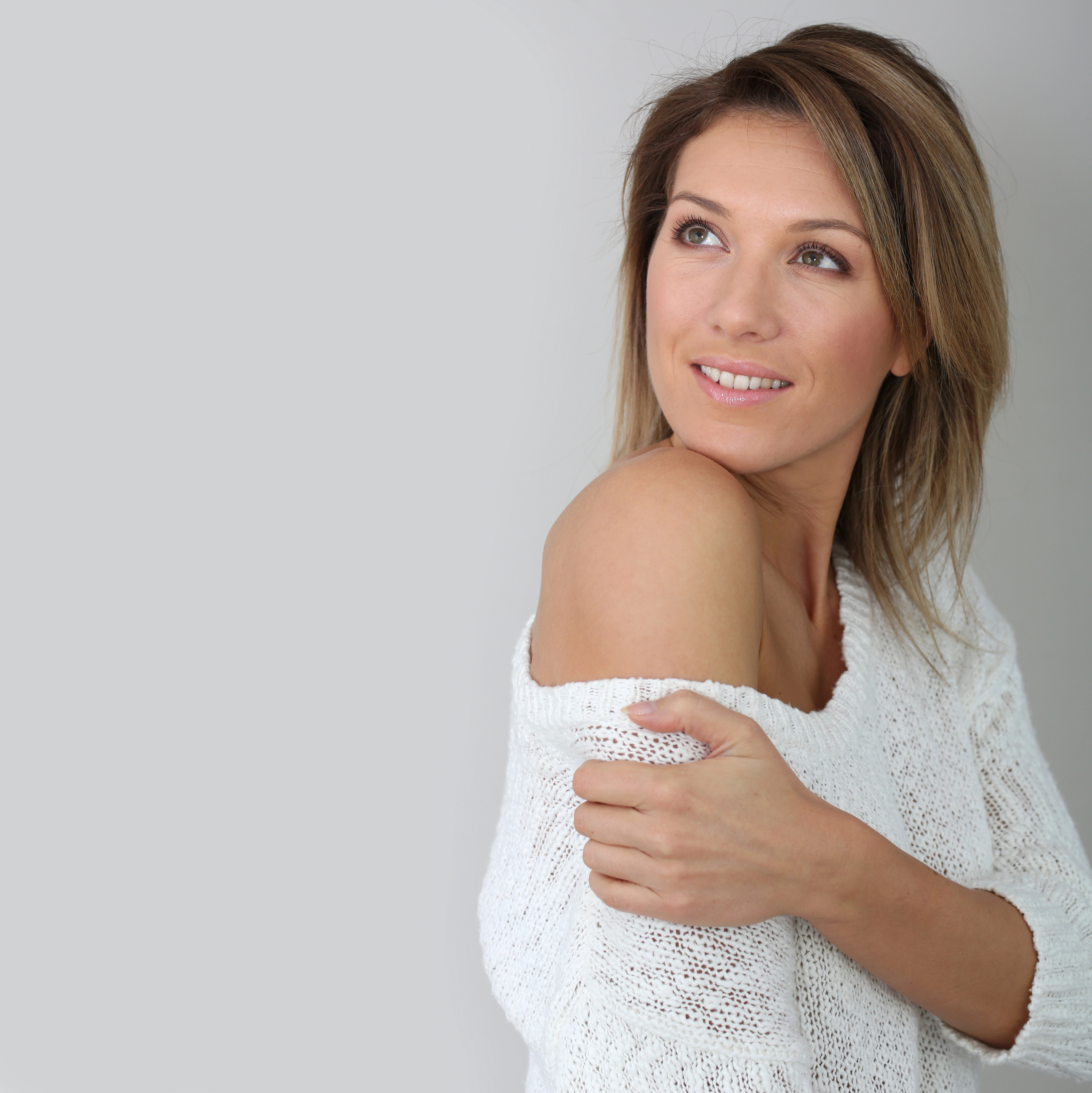Deep Plane Facelift in Santa Barbara
A comprehensive, and more natural way to restore youthful contours, without the pulled or overdone look.
Schedule A consultation with Dr. Lowenstein
What is a Deep Plane Facelift?
Facelifts have come a long way. The deep plane technique goes beyond just tightening the skin. It works beneath the surface, releasing and repositioning the deeper layers that support the face, like the SMAS (superficial musculoaponeurotic system), fat pads, and connective tissue.
By adjusting these internal structures, the deep plane facelift helps bring back a more natural facial shape. It can soften deep folds near the nose and mouth, lift the cheeks, and refine the jawline. And because the skin isn’t doing all the work, results tend to look smoother and last longer.
Rather than pulling, this technique resets. It works with your anatomy to restore balance and structure that time may have shifted.


Am I a Good Candidate for a Deep Plane Facelift?
Many people begin to notice certain facial changes in their 40s, 50s, or 60s… sagging in the cheeks, jowls forming along the jawline, or a softer, less defined neck. If you’ve seen those kinds of changes and want to address them in a more foundational way, this procedure may be worth considering.
You don’t need to match a certain age. What matters most is your anatomy, your goals, and your overall health. This type of facelift tends to be best suited for people who want long-term results and prefer a more structural approach over temporary fixes like fillers.

What We Can Address with a Deep Plane Facelift:
Drooping or flattened cheeks
Deep creases around the nose and mouth
Jowls or loss of jawline definition
Loose skin or banding in the neck
Volume descent due to gravity, not just surface aging
Types of Deep Plane Facelifts
The deep plane technique is all about layers. While traditional facelifts often tighten the skin or partially adjust the SMAS, this approach goes beneath those structures.
In some cases, patients benefit most from addressing the midface, especially when volume has shifted downward and created heaviness near the nasolabial folds. Others may see more benefit in lifting the lower face and neck together, especially if the platysma muscle has begun to separate or sag.
Dr. Lowenstein has refined this approach through decades of experience, ultimately developing a proprietary technique called the DeepFrame Facelift™. This method takes deep plane principles even further, with tailored muscle adjustments, customized SMAS repositioning, and a multi-directional lift that reflects the natural way gravity affects facial tissue.

What to Expect Through Your Deep Plane Facelift Procedure
Surgery is typically done under general anesthesia at Dr. Lowenstein’s private, fully accredited surgical center in Santa Barbara. The environment is private and designed for comfort.
Small incisions are placed around the ears and, in some cases, beneath the chin. From there, the deeper tissue layers are carefully released and lifted. This might involve elevating the cheek fat pads, rotating or folding the SMAS for volume, or tightening muscles that support the neck.
The skin is then laid back over the new structure. Not stretched, just gently re-draped. That step is key to avoiding an unnatural look, both right after surgery and in the years that follow.
Most procedures take several hours, depending on your anatomy and whether additional enhancements, like a neck lift or eyelid surgery, are being performed.


Explore our Natural Facelift Results
View Gallery
Results and Recovery Process
Recovery times vary, but most people take about 10 to 14 days off from work or social events. There may be bruising, swelling, and a sensation of tightness for the first week or two. These tend to improve steadily with time.
Because this procedure focuses on lifting the deep tissue layers, results often feel more “settled” and balanced once healing is complete. The effects can last 8 to 12 years, though this depends on individual aging, skin quality, and lifestyle.
Final results may take a few months to fully emerge, as tissues soften and swelling resolves. But even in the early weeks, most patients begin to see their facial shape return to a more youthful, familiar version of themselves.

Why Choose Dr. Lowenstein for Your Deep Plane Facelift?
Dr. Adam Lowenstein is a double board-certified plastic surgeon with more than 25 years of experience in facial surgery. He’s nationally recognized for his precision, anatomical expertise, and commitment to natural-looking results.
He developed the DeepFrame Facelift™ to improve upon traditional methods. It’s a multi-layered, multi-vector technique that doesn’t rely on pulling or volume injections. Instead, it works with your own tissue to restore the structure that was already there, just shifted with time.
Every facelift is customized, never templated. And because he performs all surgeries at his own facility, you’ll receive care that’s both highly personal and medically advanced.
Patients often say they don’t look “different.” They just look more like themselves again.

How Much Does a Deep Plane Facelift Cost?
Pricing can depend on the complexity of your case and whether other procedures are included. In the Santa Barbara area, deep plane facelift surgery generally ranges from $25,000 to $45,000.
You’ll receive a personalized quote during your consultation once your surgical plan is fully outlined.
Insurance Coverage for Deep Plane Facelifts
Since this is considered an elective cosmetic procedure, it isn’t covered by insurance. However, financing options may be available to help make treatment more accessible.

Frequently Asked Questions
How long do deep plane facelift results last?
Everyone’s aging process is different, but many patients see results that last 8 to 12 years or more. The deeper corrections tend to age more slowly than skin-level adjustments.
Is the neck included in a deep plane facelift?
Often, yes. The platysma muscle is part of the deeper support system, and adjusting it can help refine the neckline. In some cases, a separate neck lift may be added for greater definition.
Is there a risk of facial nerve damage with a deep plane facelift?
Any facial surgery carries some risk. Dr. Lowenstein uses a sub-SMAS and sub-periosteal approach that allows him to lift the face while keeping the nerves undisturbed in their natural position. His focus on surgical safety and deep anatomical knowledge helps minimize this risk.
Is facelift recovery painful?
Most people describe tightness or soreness rather than sharp pain. Medication and gentle aftercare help keep things comfortable during the early healing period.
Will I still look like me?
That’s the goal. This procedure is meant to restore (not reshape) your face. Patients often say they look refreshed, rested, and more like they remember themselves looking years ago.
When can I return to work?
Many patients feel comfortable going back to work or social events after two weeks, but this depends on your job, your comfort with visible swelling, and how you heal.
Schedule a consultation
If you’re considering a deep plane facelift in Santa Barbara, we invite you to meet with Dr. Lowenstein and explore your options. During your consultation, you’ll receive a personalized assessment, see before-and-after examples, and get a clearer understanding of what this surgery might offer you.
Call us at 805-969-9004 to schedule your consultation.
